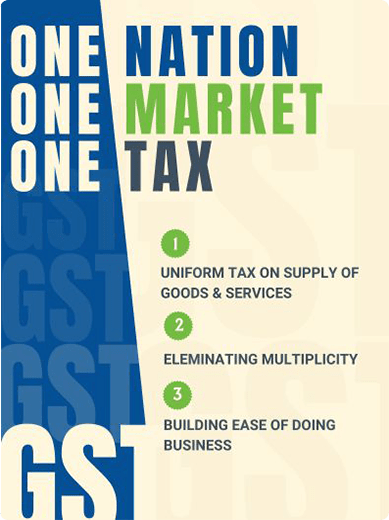The Goods and Services Tax (GST) is an indirect tax levied on the supply of goods and services nationwide. Its notion was first suggested by the Kelkar Task Force in 2000 to replace the existing complex tax system. The primary objective was to establish a straightforward and unified tax structure that could replace the existing complex tax system, aiming to simplify compliance, encourage economic integration, and alleviate tax cascading. The GST bill was presented in the Indian Parliament in 2011 but faced challenges and was reintroduced in 2014. It finally received approval from both the Rajya Sabha and the Lok Sabha in 2016 and was implemented on July 1, 2017.
- GST has taken over several indirect taxes in India, including VAT, excise duty, and many service taxes.
- The GST is applied to the supply of goods and services.
- GST covers both the trade and manufacturing of commodities and the provision of services.
- GST does not apply to alcohol, motor spirit, aviation turbine fuel, crude petroleum, diesel, and natural gas, which are still subject to VAT, excise duty, and CST.
- GST is a value-added tax levied on multi-stage. It unifies India’s domestic indirect tax.
- Over 160 developed countries have adopted this taxation system.
- The GST Council monitors GST tax rates, exemptions, and administrative procedures.
- The Indian GST system categorizes goods and services into four tax slabs: 5%, 12%, 18%, and 28.

